By Nicholas Varangis
When Hugo Broch flew his fighter for the Luftwaffe, he probably didn’t imagine he would ever find himself in the cockpit of a Supermarine Spitfire. That, however, is precisely what happened when the 95 year-old fighter ace took flight in one of Britain’s last operable Spitfires, a two-seat Tr.9 MJ627 trainer.
The flight over the skies of Kent in the vintage aircraft gave Broch an authentic view of what the war would’ve been like for his adversaries: during World War II, there were over 20 RAF bases in Kent, many of which supported fighter squadrons engaged in the Battle of Britain.
Hugo Broch, Luftwaffe Ace
Broch served with the Luftwaffe fighter wing Jagdgeschwader 54 (JG 54) on the Eastern Front from 1943 to1945. In that time, he scored 81 victories in 324 mission against Soviet aircraft in a Messerschmitt Bf. 109 and a Focke-Wulf FW. 190. These included 18 kills against Sturmoviks, the Soviet Air Force’s deadly analogue to the Luftwaffe’s Stuka dive bomber, along with twelve double victories and three triple victories.
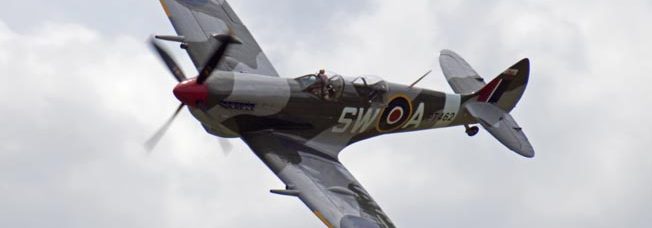
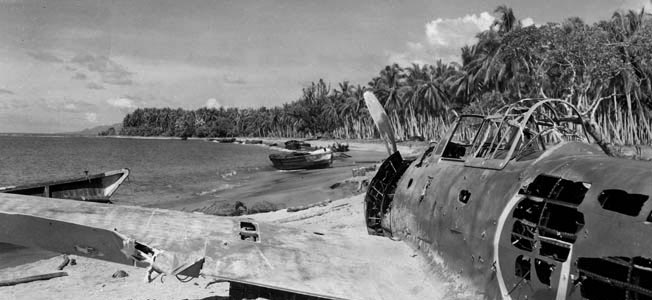
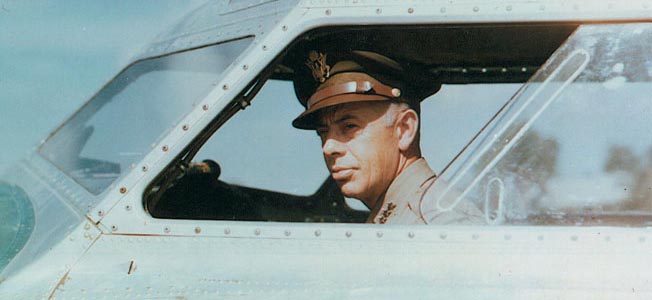
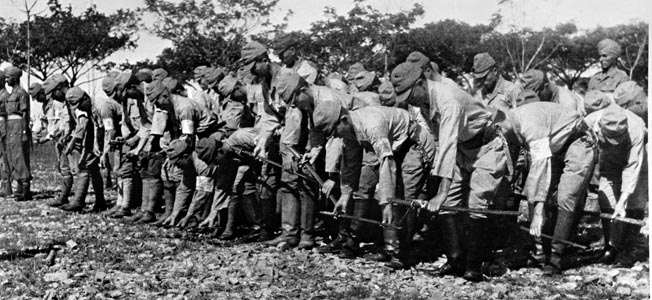
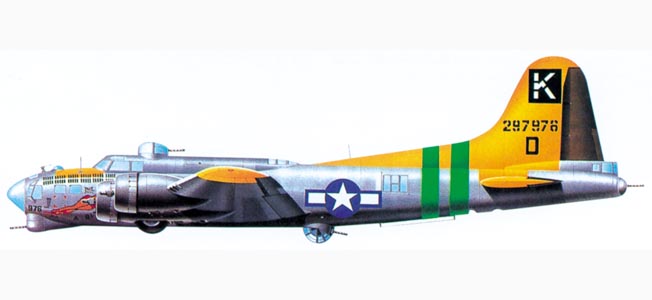
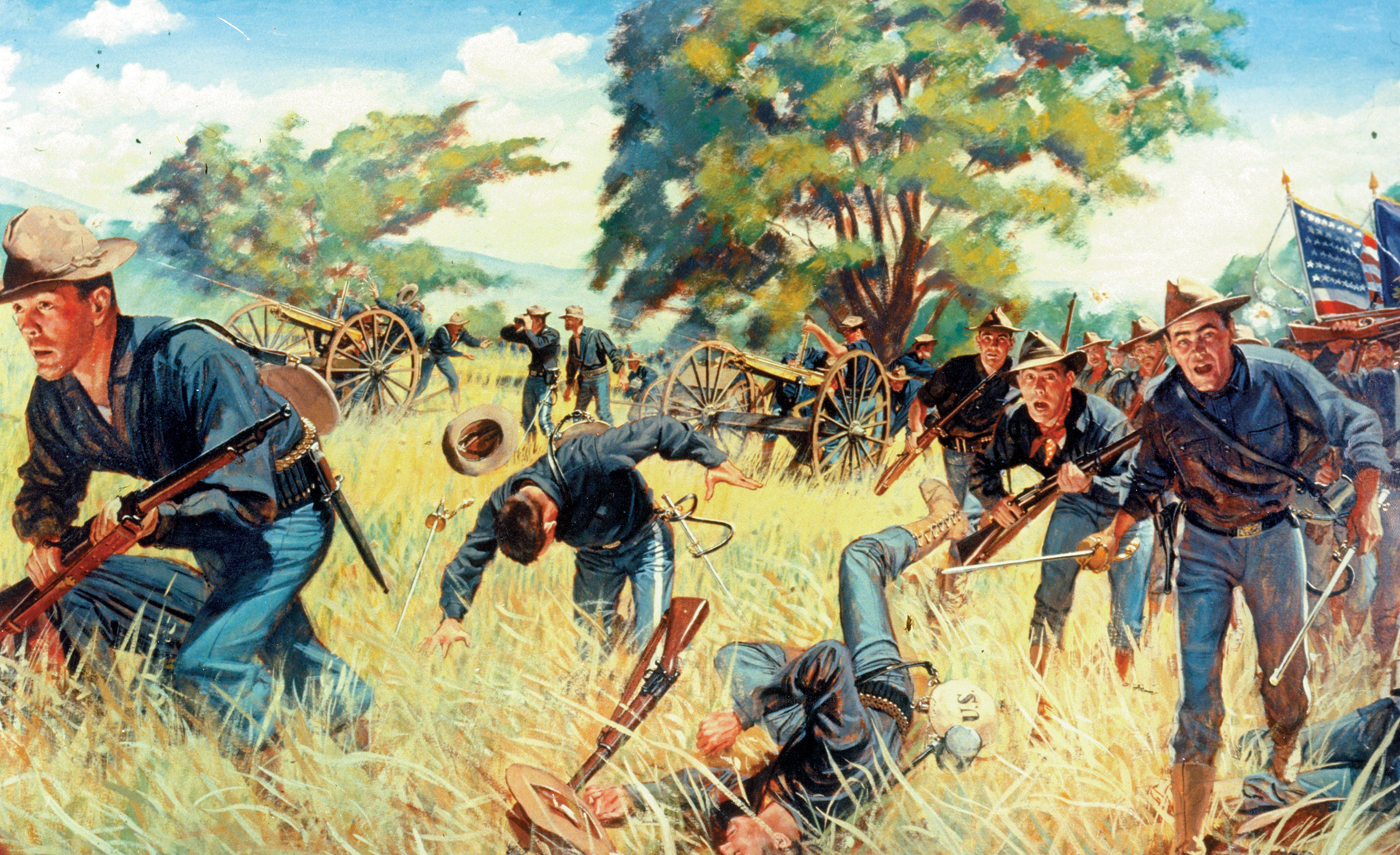
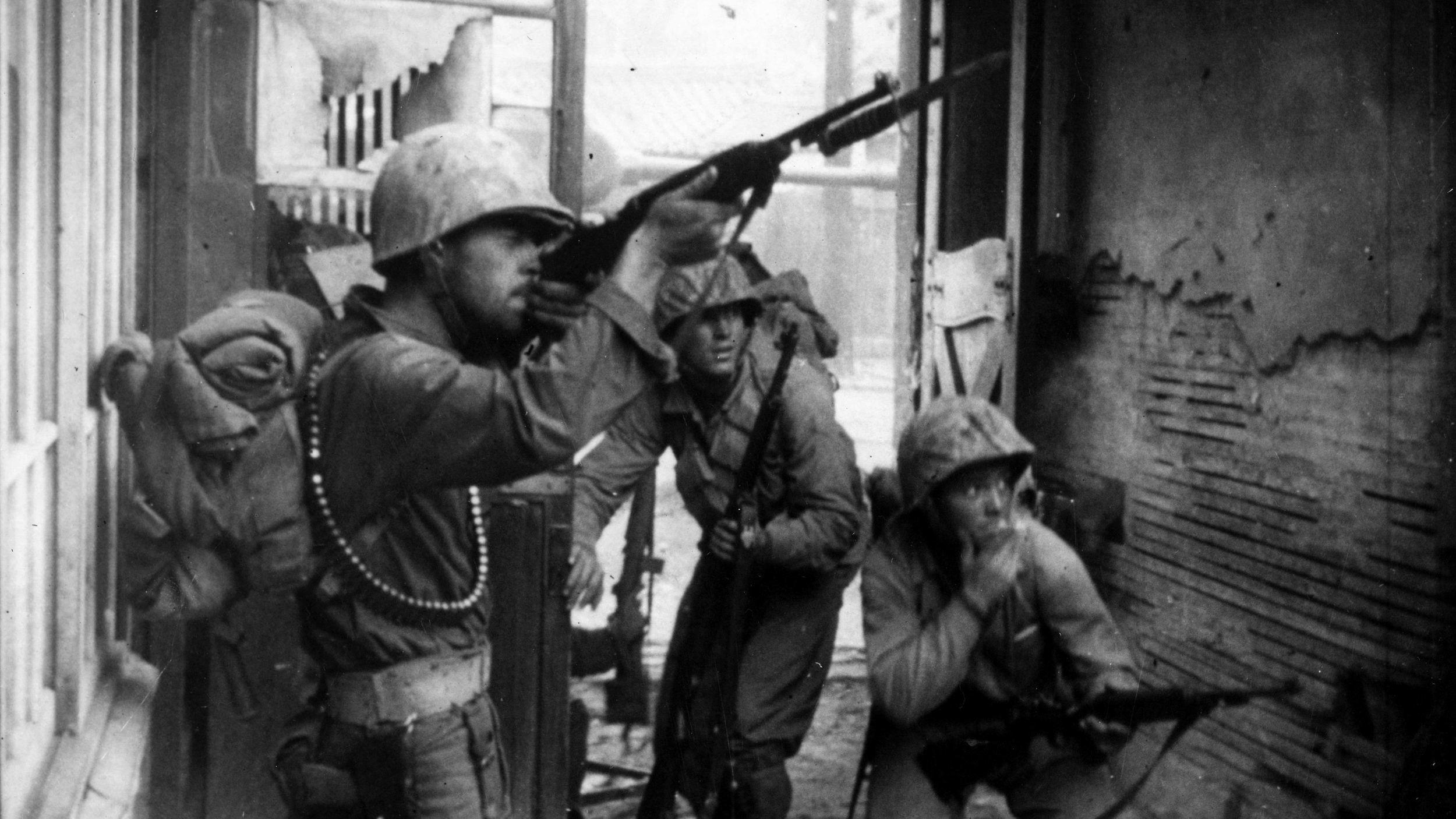
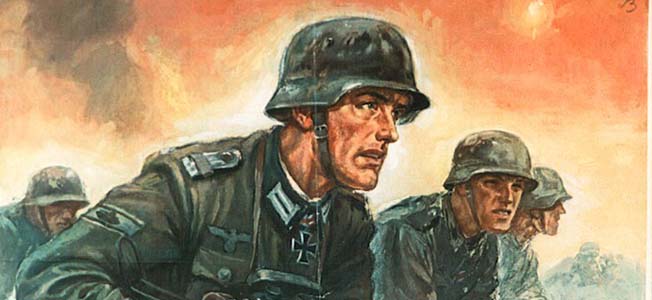
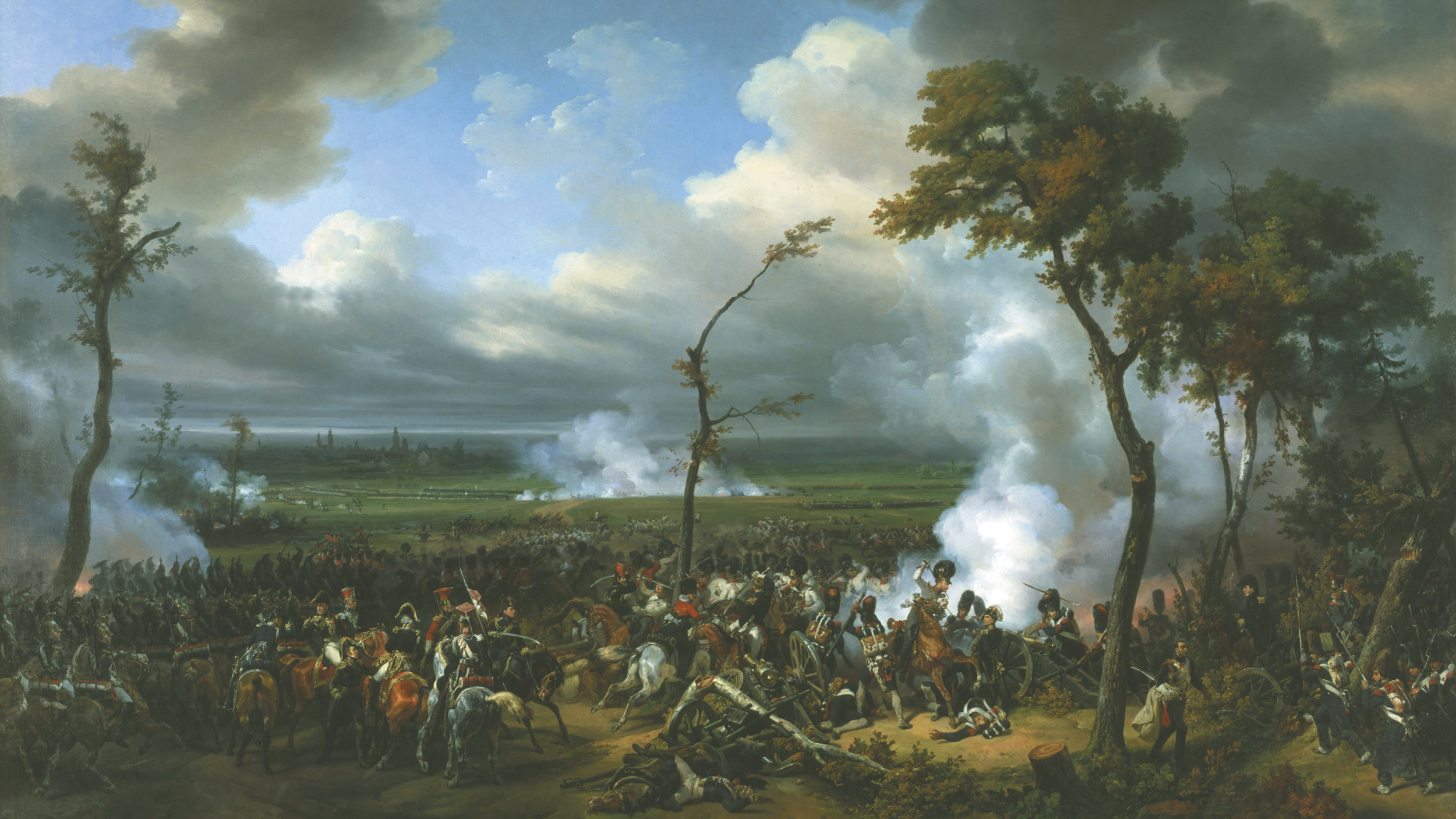
Good article about fighter aircraft inww11
Excellent job on fighter’s in ww11
why await moderation?